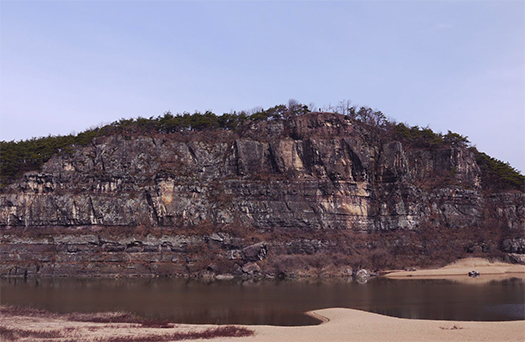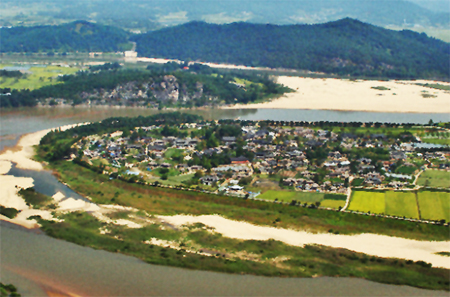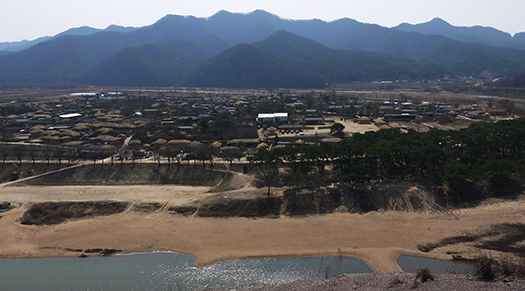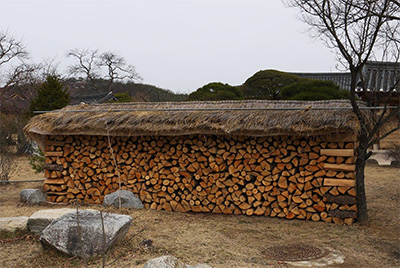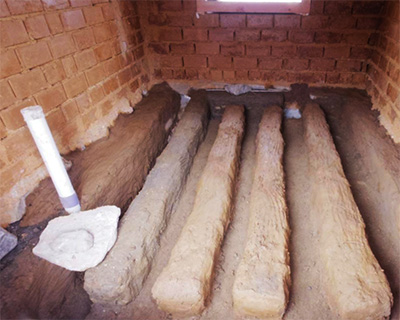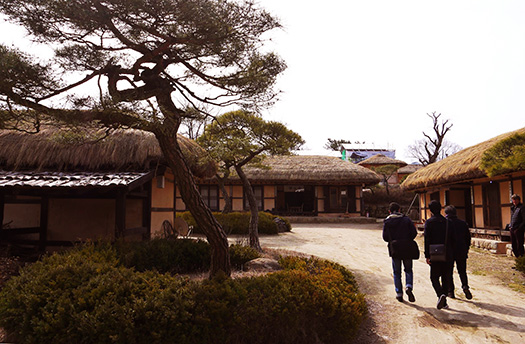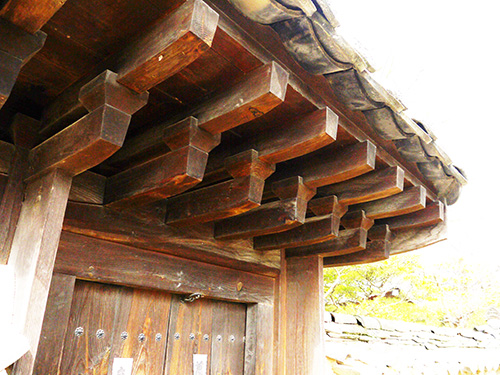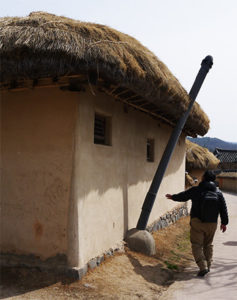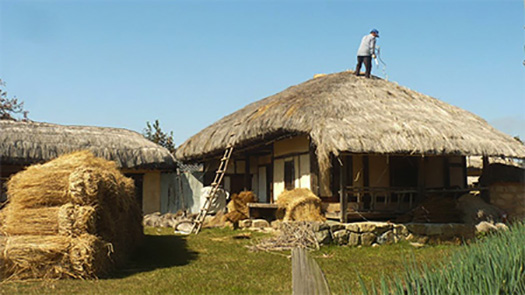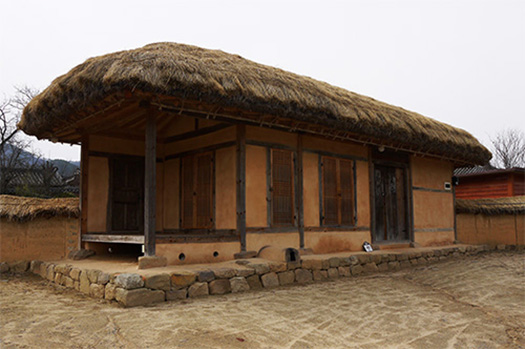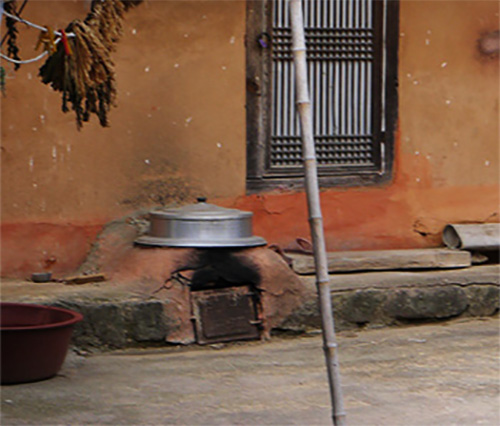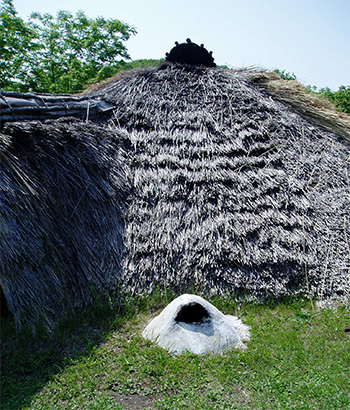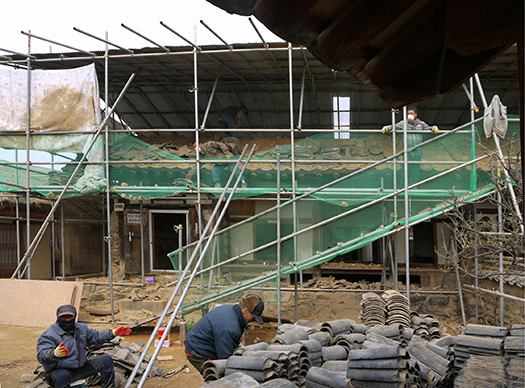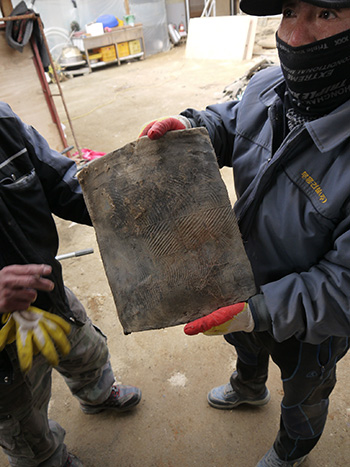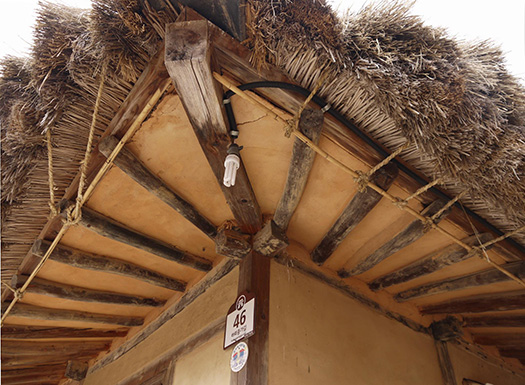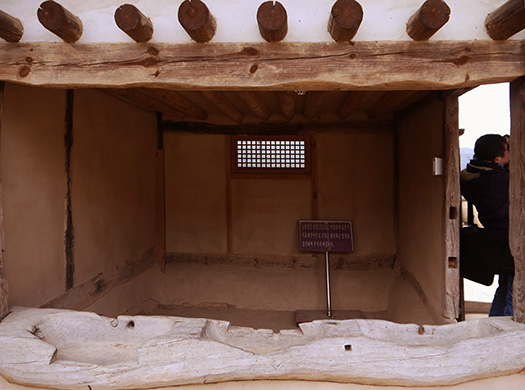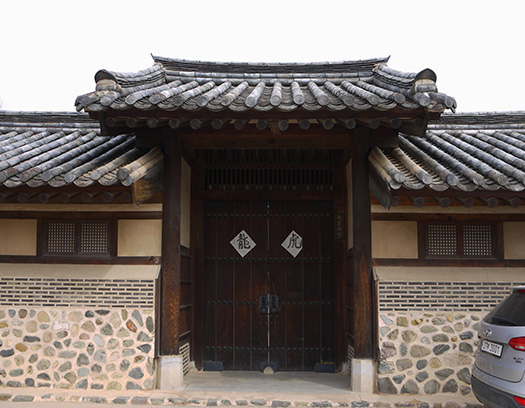

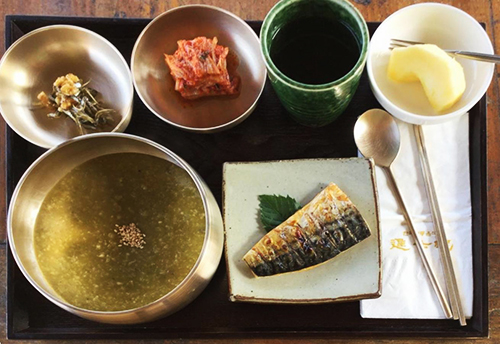
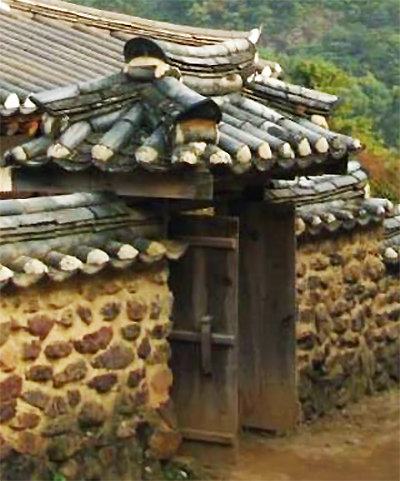
今回の河回村追想ではたくさんの撮影写真とともに、
2009年の国立歴史民俗博物館・企画展示冊子資料「日本建築は特異なのか」を
参照しながら日本と東アジア世界の対比をメインに考えてみました。
やはり言うまでもなく、形式を越えて共通するものがあり、
そして地理的なあるいは社会規範的な部分での違いもまた明瞭。
しかし歴史的には永く閉じた「東アジア」世界での時間を過ごしてきている。
ヨーロッパ大陸とは違って東アジアでは大陸国家中国という存在が、
易姓革命はあり続けたとは言え、ほぼ一貫して独裁国家として続いた。
幸か不幸か、それはいまも続いてきている。
たぶん今後の時代でもこのようなありようは続いていくことが予測できる。
ただし独裁の強権の程度は成立する国家ごとによって違う。
今日の共産党一党独裁体制が今後どのように推移するか、
東アジア人としては常に繊細な耳目を集中させていなければならない。
このことに対しては朝鮮と日本はほぼ似たような立場だけれど、
地政学的な違いが社会に対して影響を及ぼして考え方に違いが出る。
とくに朝鮮・韓国社会を見るときにはその先の大陸国家がどうであるかが、
非常に重要なファクターなのだろうと思われる。
そういうシビアな現実とともに、民俗としての共有性には
非常に親近感を持たされる部分が多い。
仮面劇文化を生んだ木彫による人間表現には社会の基底での
共感を持つことができると思うし、
さらにとくに南部に根強い食文化には郷愁を感じさせる。
釜山の海鮮市場を旅の最後に訪れたけれど、
その庶民的息づかいには強い日本社会との同質性を感じさせられた。
お決まりの「釜山港へ帰れ」演歌をカラオケで歌い合ったけれど(笑)、
海峡の空気感に胸が満たされるものがあった。
きっと海洋民族・日本人の血との文化的繋がりが強い土地柄なのでしょう。
あるいは「演歌」というもの自体が半島と列島のつながりを表現しているのか。
古層の心理のどこかで日本人に原点意識を呼ぶのかも知れない。
今日でも音楽の世界では韓国との共通性に惹かれる人は多い。
住宅文化について触れながら民族の暮らしようを考えてきたけれど、
やはり日本人の住空間を比較文化的に浮き彫りにさせてくれる
隣国の存在というのは大切なのだと深く実感させられますね。
<河回村追想は今回で終了します>
English version⬇
[East Asian Architecture and Humanity Reminiscences of Andong Hahoe Village, South Korea-19]
In this recollection of Andong Hahoe Village, along with many photographs taken
2009 National Museum of Japanese History / Special Exhibition Booklet Material “Is Japanese Architecture Unique?”
While referring to it, I mainly considered the contrast between Japan and the East Asian world.
Needless to say, there is something in common across formats,
And the differences in geographical or social normative parts are also clear.
But historically, he has spent a long time in a closed “East Asian” world.
Unlike the European continent, the existence of China, a continental nation, in East Asia
Although the easy surname revolution continued, it almost consistently continued as a dictatorship.
Fortunately or unfortunately, that is still going on.
Perhaps it can be predicted that such a situation will continue in the future.
However, the degree of dictatorship depends on the nation in which it is established.
How will the one-party dictatorship of the Communist Party change in the future?
As an East Asian, we must always focus on our delicate ears.
Korea and Japan are in a similar position to this,
Geopolitical differences affect society and make a difference in thinking.
Especially when looking at Korean and Korean society, what about the continental nation beyond that?
It seems to be a very important factor.
Along with such a severe reality, the commonality as a folk
There are many parts that give a very close feeling.
Human expression by wood carving that gave birth to masque culture is based on society
I think you can sympathize with it
Furthermore, the food culture that is deeply rooted in the south makes us feel nostalgic.
I visited the seafood market in Busan at the end of my trip,
The common breath made me feel a strong homogeneity with Japanese society.
We sang the usual “Return to Busan Port” enka at karaoke (laughs),
The atmosphere of the strait filled my heart.
I’m sure it is a land with a strong cultural connection with the blood of the marine people and the Japanese.
Or does “Enka” itself express the connection between the peninsula and the archipelago?
Somewhere in the psychology of the old age, it may call the Japanese people a sense of origin.
Even today, many people in the world of music are attracted to the commonality with South Korea.
I’ve been thinking about how to live as an ethnic group while touching on housing culture.
After all, it makes the Japanese living space a comparative cultural relief.
It makes me deeply realize that the existence of a neighboring country is important.
Posted on 9月 6th, 2021 by 三木 奎吾
Filed under: 住宅マーケティング, 海外住宅事情 | 1 Comment »


